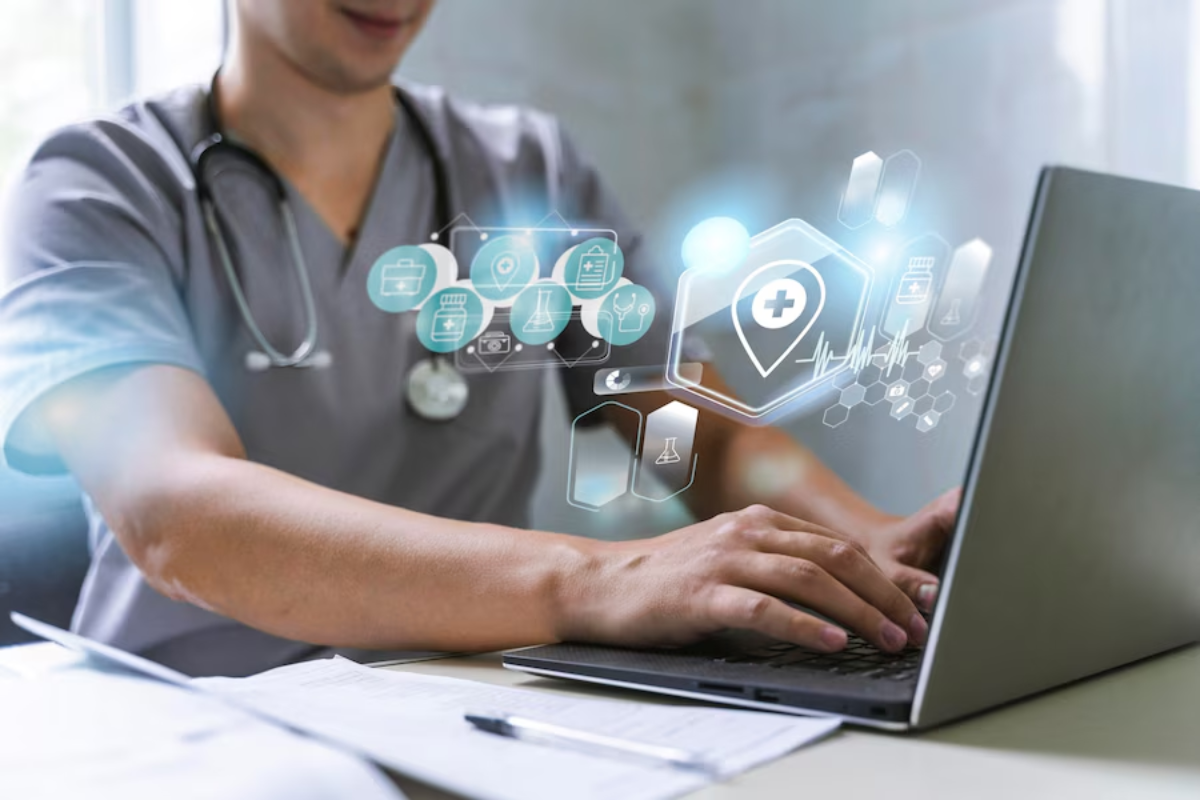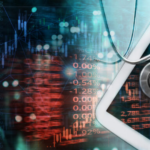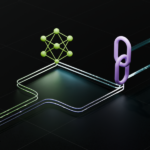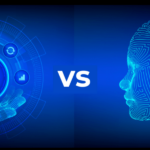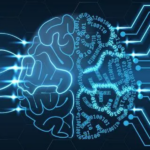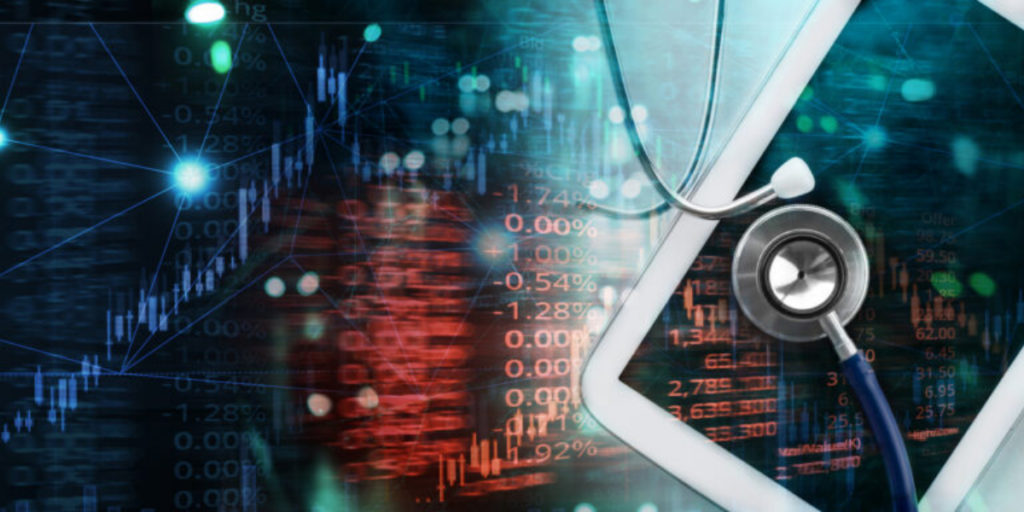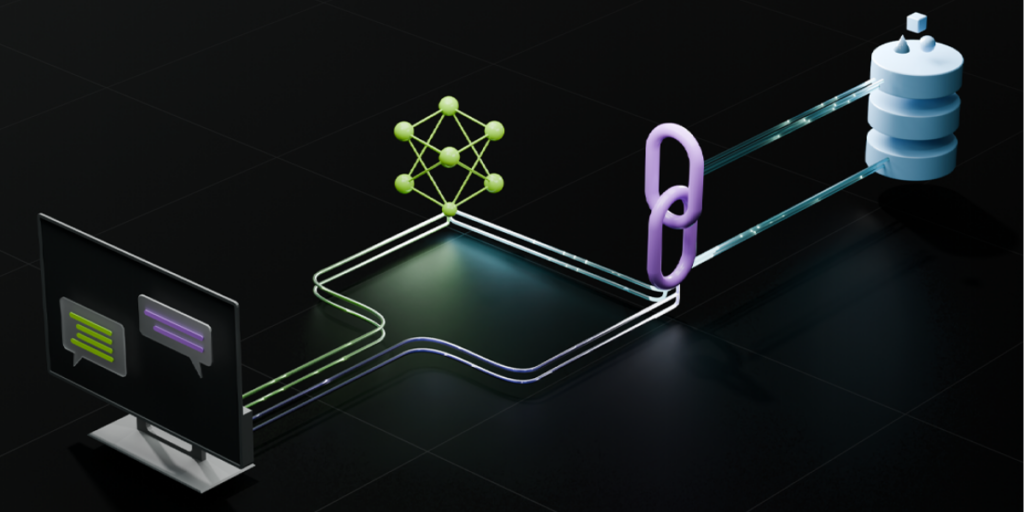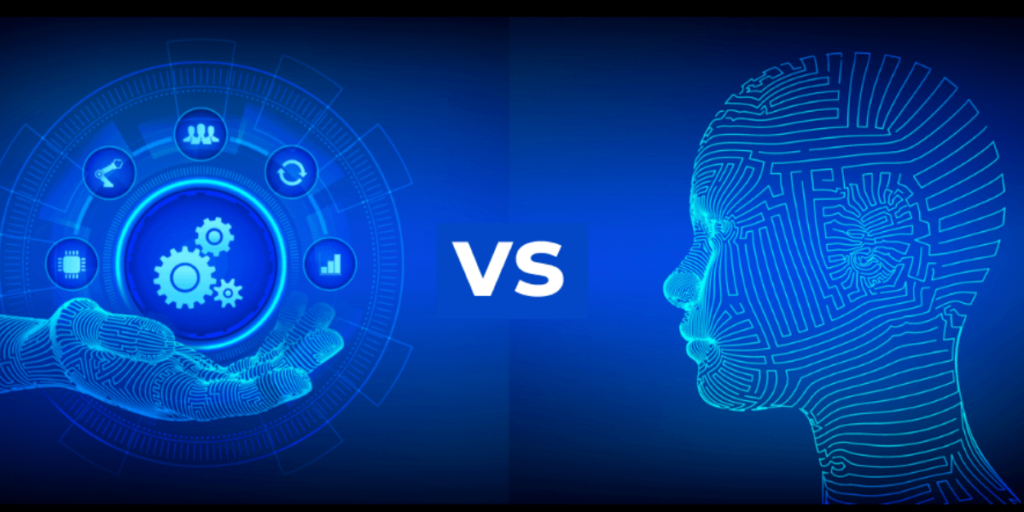Technological advancement transforms how medical devices function to communicate, improve, and even enhance patient healthcare. Integrating the IoT healthcare software with medical devices opens the pathway for better connectivity and advancement in the healthcare field. The Internet of Things has inevitably entered the medical industry. It accounts for millions of devices and is expanding rapidly.
The more significant the progress in medical technology and science, the more the number and variety of medical equipment explodes. Medical equipment and IoT healthcare software solutions are constantly evolving and improving, in addition to changing consumer demands. In the process, its role is growing: nowadays, it is not just used in patient care and disease treatment, but it also aids in preventing health issues and helps promote health.
Furthermore, wearable and connectable smart devices utilizing IoT healthcare software for medical purposes, like heart monitors and insulin pumps, improve patients’ health accuracy and individualization. One of the most significant benefits of IoT healthcare software is that it can enhance healthcare accuracy. The Internet of Things is in our healthcare, and the connected system of therapeutic devices has revolutionized how we care for our general health.
This blog will examine the fundamentals behind technological advancements and how IoT-connected devices can revolutionize medical technology.
Understanding Connected Medical Devices
Connected medical devices transform health by providing seamless communications between healthcare providers and patients. The latest tools track and gather vital health information, allowing real-time analysis and interventions. These tools help give accurate diagnoses, individualized treatment plans, and improved patient outcomes.
Connected medical devices are advanced devices that transmit health information over the Internet or through other networks. These devices, such as wearable health trackers or sophisticated hospital monitoring devices, can provide healthcare experts with immediate insight into their patients’ health. Continuous data flow permits constant monitoring and can alert doctors and patients when abnormal tests are found, providing prompt medical response.
In addition to the ability to collect data, many devices employ algorithms and artificial intelligence (AI) to analyze the data, anticipate possible health problems, and provide personalized treatment recommendations. This helps healthcare providers and allows patients to manage their health.
Benefits Of IoT-Connected Medical Devices
However, IoT healthcare software has recently extended beyond monitoring patients and delivering treatment. These devices are increasingly used to control patient flow and transfer to other hospitals, monitor air and sanitation conditions, and perform various functions directly impacting the patient experience. The medical devices which are connected to the internet offer a variety of advantages. Let’s look at some.
Improvements In The Outcomes Of Patients
Each person’s needs are different, and with the help of connected medical devices, you’ll gain more insight into their reactions to treatments. This information allows you to customize the treatment for each patient, tailoring it to enhance their overall health. Monitoring in real-time also makes it easier to detect the side effects more quickly. Once you have this information, modifying the treatments to lessen or eliminate any adverse side effects is possible, improving the patient’s overall health.
Human-Error Avoidance
Connected medical devices may make certain parts of the treatment more accessible, reducing the chance of human error. It can issue an alert in the event of an issue instead of making it up to the healthcare provider or patient to discover. They can also remind patients to ensure they are taking the medication at the right time or administer treatment through an insulin pump.
Real-Time Patient Monitoring
Instead of having patients tied to an inpatient bed to monitor the patient’s condition, medical devices connected to the internet provide continuous monitoring for patients so that patients can remain independent and reduce their time to recover. Constant tracking makes it much more likely that you will be able to spot any potential issues rather than relying on one time when a patient is in a hospital.
This device can capture valuable patient details, which can be analyzed in conjunction with the remainder of the medical history record to be actionable. The device can verify whether the treatment achieves the intended outcome or modify it if it doesn’t. This information is available to all team members, including doctors, nurses, primary care, and specialists.
Lower Healthcare Costs
Patients can continue being checked after discharge through connected medical devices to receive better treatment at home. Patients or their doctors are then notified when they are not receiving the treatment to their expectations or if the treatment requires an adjustment before being readmitted. It can drastically reduce the expense of hospital readmissions.
Furthermore, earlier interventions and strategies to improve treatment using real-time monitoring could speed recovery and save costs. Patients monitored in real time could also reduce the number of doctor visits in person since the device can “report” how the patient is performing. The connected devices also allow for automation and control of a portion of the procedure, which means less reliance on healthcare professionals’ time.
Streamlined Patient-doctor communications
Connected devices send health data immediately to health professionals, allowing remote consultations and telemedicine. Patients can securely communicate their health issues, progress, and worries with their healthcare team, which can provide prompt information, guidance, and changes to treatment programs. Real-time communication enhances relations between healthcare professionals and patients, reduces response time, and provides the most personalized treatment delivery.
Engineering And R&D Knowledge
Connected medical devices may aid engineers and R & D teams to be more inventive. The data from the device can be sent to engineers so that they can understand how a device or device functions. By gaining this knowledge, engineers can evaluate the product’s functions and identify areas where customers might have issues.
This could spark new ideas and assist the company in identifying ways to enhance the functionality of its software with modifications or updates to the components. You can determine what features aren’t being utilized and eliminate them, thus saving the company money by not storing unneeded features.
Types Of IoT-connected Medical Devices
The variety of IoT healthcare software broadens the possibilities of the Internet of Things healthcare with the primary goal of improving patients’ health and healthcare outcomes. The IoT healthcare software are classified into different categories that are essential to understand:
Wearable Devices
Smartwatches, fitness trackers, bright clothing, and other devices worn by the wearer have been employed for health surveillance and medical requirements. Remote devices for monitoring patients have different kinds of sensors. The variables monitored are heart rate, physical movements, sleep and oxygen levels in our bodies, and other things. Smartwatches, for instance, can inform wearers that their pulse rate is abnormal and must be evaluated by a physician.
Other wearable devices encourage users to exercise by setting goals and monitoring their exercise levels. Healthcare professionals can monitor their patients’ health regarding chronic illnesses using data from wearable devices. Continuous monitoring of patients can be effective in the early identification of health problems, thereby making it more straightforward for health professionals to act, thus improving the well-being of patients.
Implantable Devices
Implantable devices are high-tech healthcare devices surgically implanted inside the body to watch or control specific bodily processes. These include items like pacemakers and defibrillators that help treat irregular heartbeats. Pacemakers ensure the heart rate is constant and send electrical impulses to the heart, while the implantable cardioverter-defibrillators identify lethal heart rhythms and shock the heart.
The devices then can be easily connected to the internet, which makes it possible for medical professionals to monitor them remotely. They can monitor the devices’ performance and the patient’s health, resulting in fewer hospital visits and excellent patient safety.
Medical Sensors
Medical sensors are specially designed equipment that assesses a limited variety of physiological parameters upon which patient management and assessment depend. Medical sensors are thermal, blood pressure, and glucose sensors. In the case of diabetes, continuous glucose monitors (CGMs) can be highly beneficial for people with diabetes since the gadget displays sugar levels at any moment, thereby assisting in the management of insulin.
Also, the wireless blood pressure monitors facilitate remote monitoring and allow health professionals to care for patients with hypertension whenever needed. The sensors are handy in monitoring one’s health without the need to visit the hospital since they can identify early indicators of illness and let the patient have a more relaxed experience in the comfort of their home.
Connected Medical Equipment
Connected medical equipment encompasses diverse clinical assets such as ventilators, imaging equipment, and infusion pumps. They also have connected networking, which allows the devices to connect electronically with medical records (EHRs) and other health technology. MRI or CT scanners can transmit the resulting images to a radiologist for analysis and diagnosis without relying on different methods.
Ventilators with connectivity functions that monitor the patient’s respiratory system are continuously monitored in real-time. If something should happen that alters the condition of the patient, medical personnel are informed. This IoT medical device integration can also benefit the process of treating patients since it allows medical data to be available to health professionals, increasing the security of patients.
Impact Of Connected Medical Devices On Patient Experience
Medical devices connected to the internet transform patient treatment by improving diagnostic and treatment procedures. This is essential to providing faster and more precise treatment options, ultimately improving patient outcomes. Furthermore, having an electronic device can significantly increase patient satisfaction and engagement because it gives patients better access to their health information and more tailored care. This section explains how these devices can improve diagnostics and treatments, improving patient experience and engagement.
Connected medical devices improve patient diagnostic and treatment precision and effectiveness by offering constant monitoring and data in real-time. These devices allow healthcare professionals to identify health concerns sooner and make more educated decisions, leading to improved treatment options and more effective management of chronic illnesses. Incorporating these modern tools into therapeutic and diagnostic methods ensures specific and individualized healthcare, ultimately improving patient results and reducing trips to health facilities.
Information about your health using connected medical devices increases patient satisfaction and engagement. Patients can monitor their health indicators, establish objectives, and get instant feedback, allowing them to participate actively in their healthcare. In addition, these devices allow for more effective communication between patients and health professionals, ensuring that the patients are informed and supported. The increased involvement leads to greater satisfaction, making the healthcare experience more personal, responsive, and clear.
IoT Technologies Enabling Connected Medical Devices
Various technologies are crucial to the IoT healthcare software for connecting and operating medical devices. Let’s have a look at some of them:
Wireless Communication Technologies
Medical devices connected to IoT healthcare software would not have been feasible without wireless communications technologies. Wireless technology like Bluetooth, Wi-Fi, and cell phones allow the transfer of medical information from devices to the health care system. Bluetooth can be found for wearables like smartwatches and fitness trackers as it requires minimal energy and is limited in range.
On the other hand, Wi-Fi has a superior data capacity and is designed for medical devices at home, such as remote monitoring of patients’ devices. Wireless connections are utilized in and accessible from almost every device, with 4G and 5G being the latest technology to be developed, and long-range connectivity is essential for implantable devices.
Another crucial aspect is mobile health apps. The wireless technology improves transfers of medical data and other information, with little or no impact on security, while ensuring timely monitoring and prompt medical care are achievable.
Artificial Intelligence For Data Processing And Decision-Making
In light of the present technologies, AI can significantly influence the utilization and analysis of health data gathered using connected medical devices. Chatbots can also analyze and collect vast amounts of medical data and produce medical patterns that could indicate the possibility of future health issues and the diagnosis and prescription of a patient.
Machine learning, for instance, can analyze the data gathered through an ongoing glucose monitor to determine the blood sugar level and suggest insulin dosages for diabetic patients. The AI diagnostic software will aid in classifying an image derived from a medical photograph so that radiologists can make better decisions.
Furthermore, AI can improve the procedure of remote health check-ups by providing information and signals regarding patients’ conditions based on biomarkers and other variables in a real-time manner. Integrating AI into IoT healthcare software improves the efficiency and quality of healthcare delivery systems. It lowers health costs through the detection of diseases at the early stages.
Cloud Computing for Data Storage and Analysis
Cloud computing is essential to the IoT healthcare software as it provides security and standardization to handle large amounts of health information. Implantable or wearable medical devices generate vast amounts of information gathered and must be stored, interpreted, sorted, and stored. Cloud computing platforms provide the infrastructure, ensuring medical information is available anytime, anywhere for health experts.
Cloud computing also reduces costs in the health sector by removing the requirement to purchase infrastructure for local data centers. Additionally, cloud-based computers can collect data and analyze patterns and trends, predict health outcomes, and aid decision-making. Data security for personal information when stored in cloud storage is essential. Advanced encryption methods, role-based access controls, and compliance with industry healthcare standards are critical to ensuring the security of patients’ data.
Key Considerations: Connected Medical Devices
Given how brand new the concept of connected medical devices is, a lack of understanding causes an unintended policy gap, which is likely to create difficulties for the healthcare IoT software development services in the future. Other issues, like the sanctity of data, regulations, and last-mile connectivity, require attention.
Provider Regulations
While it is exciting to think about the possibilities of delivering high-quality medical care to millions of patients using medical devices that are connected, however, the realities of delivery services that last can be a sting for every company in their efforts to flood the market with new offerings.
Additionally, due to the fragile situation of the majority of the populace living in rural areas and the vulnerability of rural populations, companies can be expected to be able to skirt around a variety of federal regulations they’ll need to comply with when selling their products and services. Healthcare providers working with these companies must also be aware of conflicts of interest and improper incentives that may affect their main mission as providers of medical services.
Connected Medical Devices Cybersecurity
Cyber-attacks and data breaches have become so widespread that it’s becoming commonplace for organizations to ignore them and continue with business. In the field of medical devices, this is impossible.
In contrast to other security breaches, where data typically consists of email addresses, medical information is an extremely personal and intimate part of people’s lives and could be disastrous if it gets into the wrong hands. The manufacturers must install the appropriate security measures to protect against malware and take robust security measures to make sure that data isn’t available to malicious actors.
Connected Medical Devices Regulation
Digital transformation’s modern capabilities to the medical device industry will also enable it to comply with regulations at an unattainable rate. Digital technology can help the manufacturing floor adapt its manufacturing with virtually no time lags, which protects producers from adverse effects from significant changes in policy or regulation that could affect their business.
Challenges And Considerations In IoT In Medical Connected Devices
While there are many advantages of IoT healthcare software, a few obstacles and issues need to be addressed for its effective implementation.
Regulatory Compliance Requirements
Healthcare is a susceptible field prone to apprehension, so introducing IoT healthcare software requires that they adhere to regulatory compliance standards. like HIPAA in the United States, the General Data Protection Regulation (GDPR) in Europe, and other regional laws are required. These regulations and laws aim to ensure the safety of patients as well as the privacy and efficiency of the instruments used in the medical field.
Compliance with the rules set forth by government officials is crucial and demands regular monitoring and verification. This may mean periodic reviews, risk mitigation strategies, documents, and risk mitigation measures, to name just a few. Infractions to the regulations can have serious consequences, including legal penalties and a negative image for the company.
Interoperability Issues Between Devices And Systems
In the healthcare environment, numerous devices and IoT healthcare software ML may be required to work together to offer patients a seamless care experience. However, the variety of the devices, each having its own protocols for communication and formats for data, can lead to issues with compatibility, which may hinder interaction among devices from different systems or manufacturers. This can lead to what’s referred to as data silos. This is because some health data may not be shared well with medical professionals.
To address interoperability concerns, healthcare organizations must suggest open protocols and standards allowing data transfer data transfer between various systems and equipment. It is essential to work with companies that have solutions that work with others. In addition, mixing IoT solutions and the accepted electronic health record (EHR) system could create an ideal information platform that assists healthcare professionals in making decisions using patient details.
Cost And Accessibility Of IoT Technologies
The cost and accessibility of IoT technologies can also create additional issues, particularly in smaller health organizations and hospitals in less developed areas. While IoT healthcare software result in savings over the long term and boost efficiency, the initial cost of the devices, networks, and training process can be expensive. Cost constraints will likely hinder some organizations from taking advantage of this technology, which will only increase the gap between people who can use IoT healthcare software for better care and those who won’t.
To overcome the financial challenges, Healthcare organizations must consider partnerships, grants, and other funding sources that could be used for initial expenses. In addition, looking at IoT technologies that are gradually integrated into businesses could assist in reducing budget burdens and help find solutions to use IoT step-by-step. Concerns regarding the inability of IoT healthcare software to reach targeted markets could be relieved in the future since improvements could trigger required price reductions to enable them to be readily available on markets to more participants involved in healthcare.
Future Predictions For IoT In Healthcare And Connected Devices
The potential of IoT healthcare software and connected medical devices is predicted to increase in importance. It is expected to be a huge step forward. The Internet of Things allows the development of vast networks in medical facilities that connect their personnel with patients, equipment, and procedures.
The approach takes advantage of all the advantages technology provides caregivers and uses it to combat diseases, enhance treatment methods, and improve health outcomes. If this delicate coordination is interrupted or broken, it could alter the efficiency of devices and the entire network. An effective connection and interactivity between a range of intelligent medical devices ensures that the devices, patients, and their information are in good hands.
Advancements in AI, ML and data analytics will improve IoT technology, allowing better predictions and customized treatment strategies. The advancement of 5G technology can improve connectivity and transfer speeds, making live monitoring and remote processes more efficient. IoT technology can open the door to new opportunities for preventive healthcare for early diagnosis and advanced treatments.
Connected medical devices are fast developing, with a variety of key developments determining the future of technology for healthcare:
Artificial Intelligence Integration
AI and machine learning algorithms are being integrated into connected devices to improve diagnostic abilities and optimize treatment. Wearables powered by AI can now detect atrial fibrillation using high quality, which could help prevent heart attacks and other events related to cardiovascular disease. They can also examine vast amounts of data from patients at a rapid pace, which allows for better and more proactive treatment.
5G Technology
The advent of 5G networks has revolutionized connected medical devices by providing high-speed, low-latency communication. This will allow remote surgeries, the rapid exchange of massive medical databases, and other efficient telemedicine applications. 5G connectivity enables instant monitoring and interventions, which is especially beneficial in situations requiring critical care and remote management of patients.
Edge Computing
To address latency problems and reduce cloud infrastructure dependency, Edge computing is embedded into connected medical devices. This enables real-time data processing right where care is needed, making making decisions faster and less stressful on the network easier. Edge computing is greatly important in applications that require immediate responses, like continuously monitoring glucose levels or the detection of cardiac events.
Miniaturization And Implantables
A growing trend has been observed toward less-invasive, smaller connected gadgets. Implantable miniature sensors are in development to constantly check various bodily functions and administer specific dosages of medications. For example, a rice grain-sized sensor is in study to administer precise drug treatment to brain tumors.
Blockchain
As data security issues grow, the use of blockchain technology is investigated to improve the security of data from medical devices. Blockchain could provide a secure, uncentralized, and secure method of the storage and sharing of data from patients, which could transform health information exchange while protecting confidentiality.
Augmented And Virtual Reality
AR and VR technology are being utilized in connected medical devices to support a variety of purposes, such as medical planning, surgical planning, and patient rehabilitation. These immersive technologies can increase the precision of procedures and provide unique methods for patients to participate in their rehabilitation procedures.
Biometric Authentication
To improve the user experience and security using biometric authentication, methods including fingerprint scanning, facial recognition as well as voice recognition are being integrated into connected medical devices. This not only enhances the security of devices but also eases interactions with users, especially those with limited mobility.
Conclusion
Connected medical devices are something other than a trend. This is an era-defining medical technology and an emerging trend likely to be seen worldwide in the next few decades. It is believed that the Internet of Things is revolutionizing the healthcare field by increasing the quality of patient care and improving outcomes. Businesses can make use of IoT solutions in numerous ways. It can be used for devices for health and wellness and remote monitoring.
In addition, it is for connected medical devices, smart infrastructure for hospitals, and telemedicine. The logistical and technical issues surrounding the production and distribution of devices can be daunting. However, over the long term, this approach is expected to prevail because it will reduce the disparity between urban and rural people when it comes to healthcare.
Connected medical devices will become an integral element of healthcare in the future. Artificial Intelligence (AI), such as machine learning (ML) and generative AI, will likely be a factor. AI can handle vast quantities of data in a fraction of the time. AI can detect patterns in the patient’s stream data and integrate it with the reported symptoms and new medical research to make better diagnoses or suggest treatment alternatives. AI could help medical device R&D teams develop new concepts for treating. It could also be a factor in servicing and monitoring medical equipment’s efficiency.

